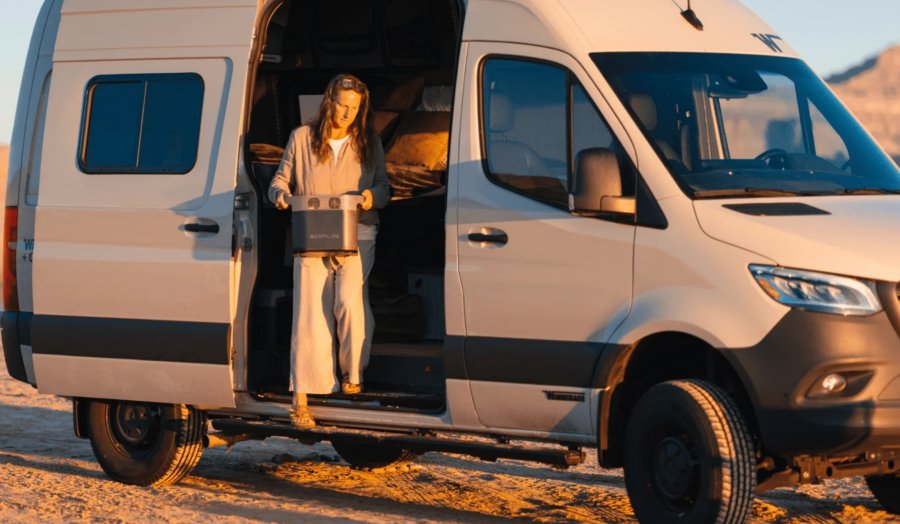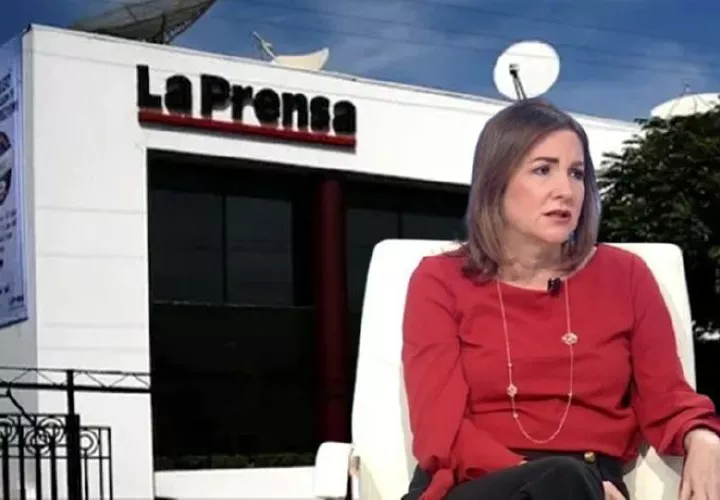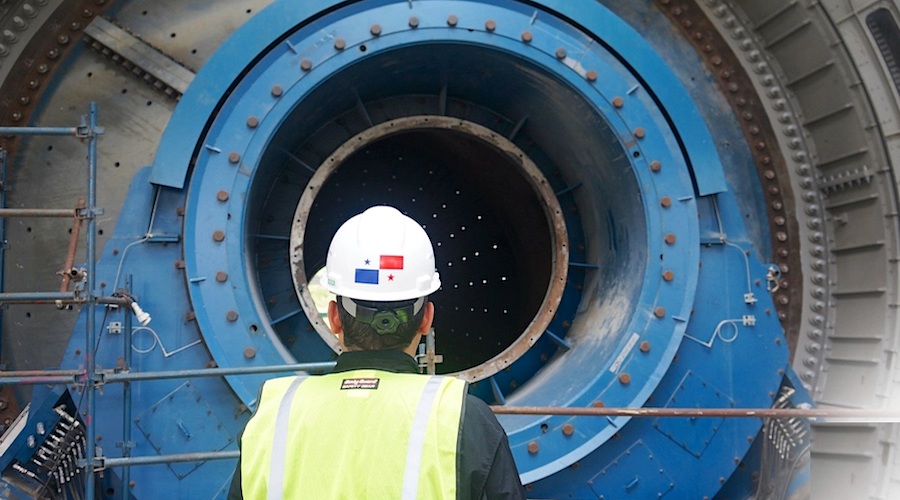How Portable Power Stations Can Drive the Clean Energy Future

When we talk about clean energy, for most of us, our minds are typically transported to the open fields with wind turbines or rooftops covered in solar panels. However, very few of us would think of the small device that can even fit under a table: the portable power station. Yet, this compact invention may be one of the most practical ways for households and small communities to participate in the clean energy movement.
A power station is easy to overlook because it is a small, inconspicuous device. However, the idea behind it holds real promise: clean power that isn’t limited by plugs or weather conditions. It ensures energy moves with you, ready to be used whenever you need it.
The Quiet Turn Toward Cleaner Power
A couple of years ago, power cuts meant the loud noise of generators and the sharp smell of fuel. These generators worked pretty well, but at a cost to air quality and peace of mind. Now, more people are quietly switching to battery backup. There’s no noise and no fumes, only a soft hum and steady current.
It may not feel like a revolution, but these small changes matter. Every home that replaces a generator with a rechargeable station reduces emissions and noise.
The Freedom of Portable Clean Power
What makes these power stations actually stand out is their flexibility. You can charge them when electricity is cheap or coming from cleaner sources and use that stored power later when you really need it. It’s a simple device that lightens the load on crowded grids, especially during heatwaves or storms.
In regions like Central America and the Caribbean, where tropical weather frequently causes power outages, this flexibility becomes more than a convenience; it’s resilience. It can help a teacher to keep a projector running in an off-grid classroom. A shop owner can keep the lights on after dark. A family can run essential devices and charge phones during a storm.
Of course, one unit won’t change the world. But thousands of small, silent batteries, used wisely, can make communities steadier and safer when the grid gives way.
From Emergency Gear to Everyday Tool
What began as backup power for blackouts is evolving into a reliable, everyday source of assistance. People now use these units to work outdoors, cook on electric grills, or run laptops from patios. Travelers and campers now rely on them for their drives and outdoor stays, replacing gas canisters and disposable batteries with quiet, rechargeable power.
The more people use them, the more the concept of clean energy begins to feel accessible. This way, clean energy can stop being a distant concept and become part of our daily lives seamlessly. The tool leading us to the future of clean energy is something you can see, touch, and depend on.
Small Steps But Real Impact
At its core, what clean energy needs is not just large-scale projects but small, personal actions that make sustainability practical. Charging a portable unit through solar panels or during low-demand hours may not seem significant, but it helps reduce overall carbon emissions. It also raises a quiet awareness regarding how and when we use electricity.
When energy usage becomes personal, responsibility follows naturally. People start paying attention to when power is wasted and when it’s well utilized. This shift in thinking may seem trivial, but it is what drives real change.
Final Thoughts
Governments and companies will continue to invest in large-scale renewable energy infrastructure to foster a clean energy future. However, the effort must not be limited just to this larger scale. The progress also depends on what happens inside homes. The future of energy is smaller, smarter, and closer to people using it.
Portable power stations fit perfectly into that vision. They give individuals and families control, not dependence, by providing clean energy as and when needed. They also remind us that the path to a sustainable world isn’t only about grand gestures; it’s about simple, smart, and compact tools that help us live better.
In essence, the future of clean energy is not just dependent on massive power plants. But it will also be determined by quiet moments, such as one small unit lighting a home, a clinic, or a classroom when it’s needed most.





